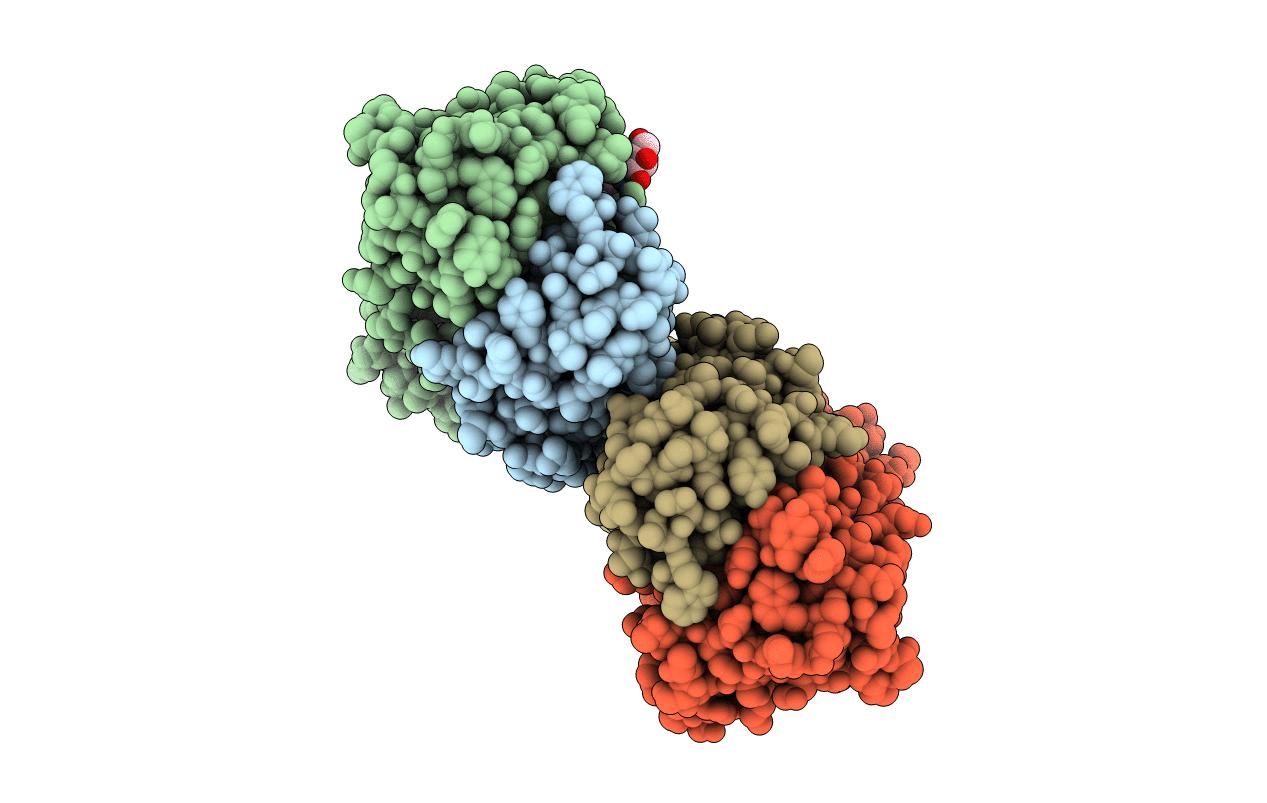
Deposition Date
2016-02-23
Release Date
2016-06-15
Last Version Date
2024-11-06
Entry Detail
PDB ID:
5ID0
Keywords:
Title:
Cetuximab Fab in complex with aminoheptanoic acid-linked meditope
Biological Source:
Source Organism:
MUS MUSCULUS, HOMO SAPIENS (Taxon ID: 10090,9606)
synthetic construct (Taxon ID: 32630)
synthetic construct (Taxon ID: 32630)
Host Organism:
Method Details:
Experimental Method:
Resolution:
2.48 Å
R-Value Free:
0.20
R-Value Work:
0.16
R-Value Observed:
0.16
Space Group:
P 21 21 21


